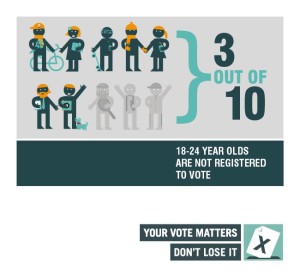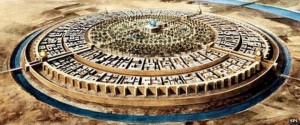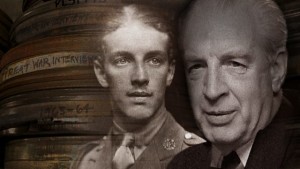From today’s lesson / Mr Ward.
Please note that the same evidence can be used for different historical schools.
Mr Kydd.
From today’s lesson / Mr Ward.
Please note that the same evidence can be used for different historical schools.
Mr Kydd.
 Time is running out! You’ve only got until 18 April to#RegisterToVote if you want to take part in the elections on May 5.
Time is running out! You’ve only got until 18 April to#RegisterToVote if you want to take part in the elections on May 5.
Go to www.gov.uk/
The website below contains an excellent article from David De Mar in The New Historian. It explains how secret annotations have been found on a very early English Bible, and then ties this to our debate about when and how the Reformation came to England. An extract can be found below.
“The researchers were able to identify the annotations as being copied from Thomas Cromwell’s “Great Bible,” a series of English Reformation Bibles that were produced for around a decade starting in 1539. These annotations were purposefully disguised in 1600 by covering them with thick paper, hidden from view for more than four centuries.
Dr. Poleg points out that the presence of the annotations indicates that the Reformation was not a single event that transformed English religious life, but a more gradual process that took its time to work. Less like a single moment akin to Caesar crossing the Rubicon and more a complex and slow process. The English annotations combined together with the Latin of the original Bible show how the nation slowly adopted Protestantism instead of simply renouncing Catholicism in one fell swoop.”
Mr Kydd.
 “If Baghdad today is a byword for inner-city decay and violence on an unspeakable scale, its foundation 1,250 years ago was a glorious milestone in the history of urban design. More than that, it was a landmark for civilisation, the birth of a city that would quickly become the cultural lodestar of the world.”
“If Baghdad today is a byword for inner-city decay and violence on an unspeakable scale, its foundation 1,250 years ago was a glorious milestone in the history of urban design. More than that, it was a landmark for civilisation, the birth of a city that would quickly become the cultural lodestar of the world.”
Click here to find out more with an excellent article from Justin Marozzi (the author of Baghdad: City of Peace, City of Blood). It might challenge much of what you think you know about Iraq.
Mr Kydd.
 Other digital platforms exist, but in case you want it from here, please find your Easter work and useful documents attached.
Other digital platforms exist, but in case you want it from here, please find your Easter work and useful documents attached.
1. Using the A1 sugar paper that I have given you in class prepare a detailed revision posters for each of the following key questions.
Elizabeth
Mid Tudors
This should include;
2. Second mock. You can prepare this and have x1 side of A4 in front of you, but please complete this in timed conditions.
Mr Kydd.
 If you click here you will get to The Guardian’s obituary for the great polymath, Asa Briggs. War hero, broadcaster and very very good historian – they don’t make them like him any more.
If you click here you will get to The Guardian’s obituary for the great polymath, Asa Briggs. War hero, broadcaster and very very good historian – they don’t make them like him any more.
Mr Kydd.
 Some materials and plans to help you with your revision.
Some materials and plans to help you with your revision.
The PLC can be found here.
Mr Grobien’s quote bank can be found here.
Essay plans can be found below. They must not be seen as a definitive DO IT THIS WAY. Rather, they are a way through that ties your answer to the mark scheme.
It is worth checking back every so often, as fresh plans will be added…
Note how the three plans above use the same information in very different ways.
How far do you agree that life got better for majority of Germans in the period 1924-1929
Hitler had fully consolidated his power by the end of 1933. How far do you agree.
“The main opposition to the Nazis came from the youth” How far do you agree with this judgement ?
Mr Kydd.
 I am meant to be marking your essays, but stumbled upon this website from the BBC.
I am meant to be marking your essays, but stumbled upon this website from the BBC.
It contains 13 unabridged interviews form survivors from the First World War. They were recorded in 1964 for the BBC Great War series. Each is about 17 minutes long, and they reflect different aspects of the war. The humility of the people interviewed make them amongst the most moving things I have seen in a long time, and I warmly recommend them to you.
Mr Kydd.